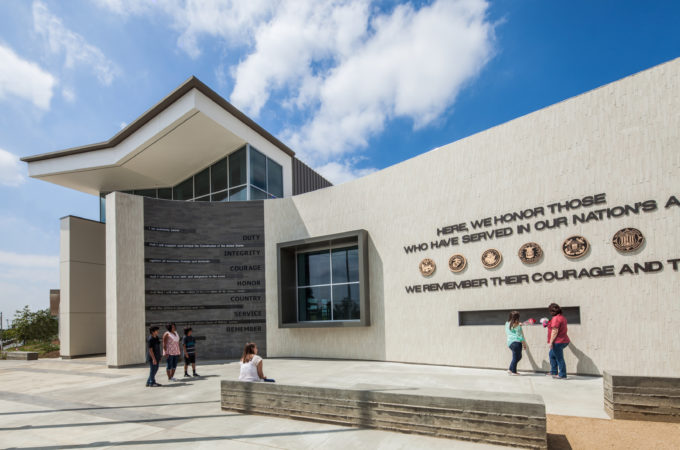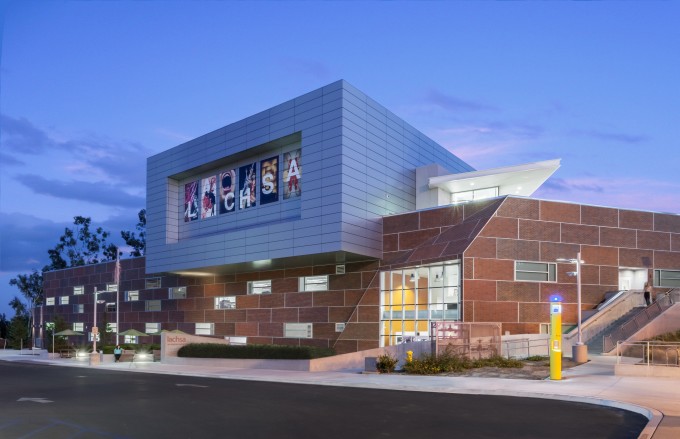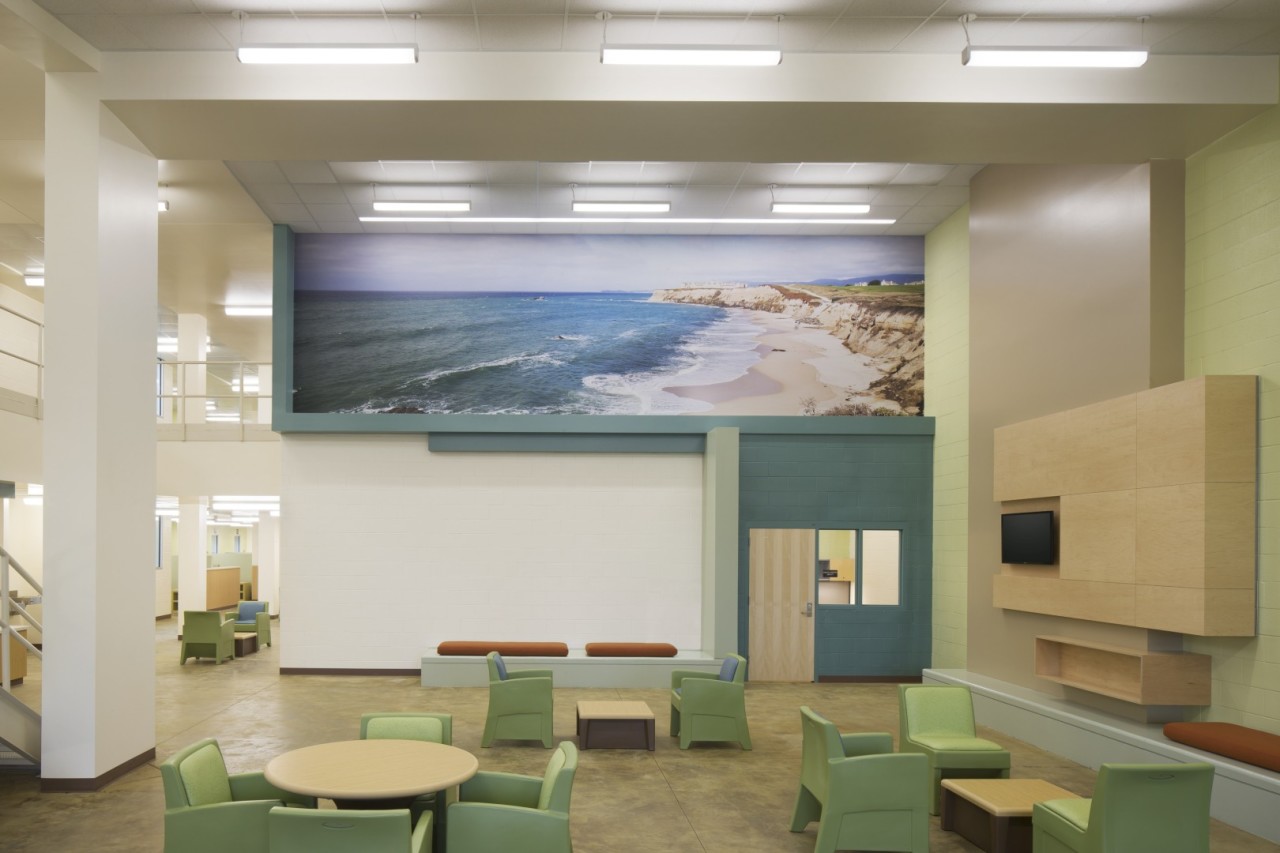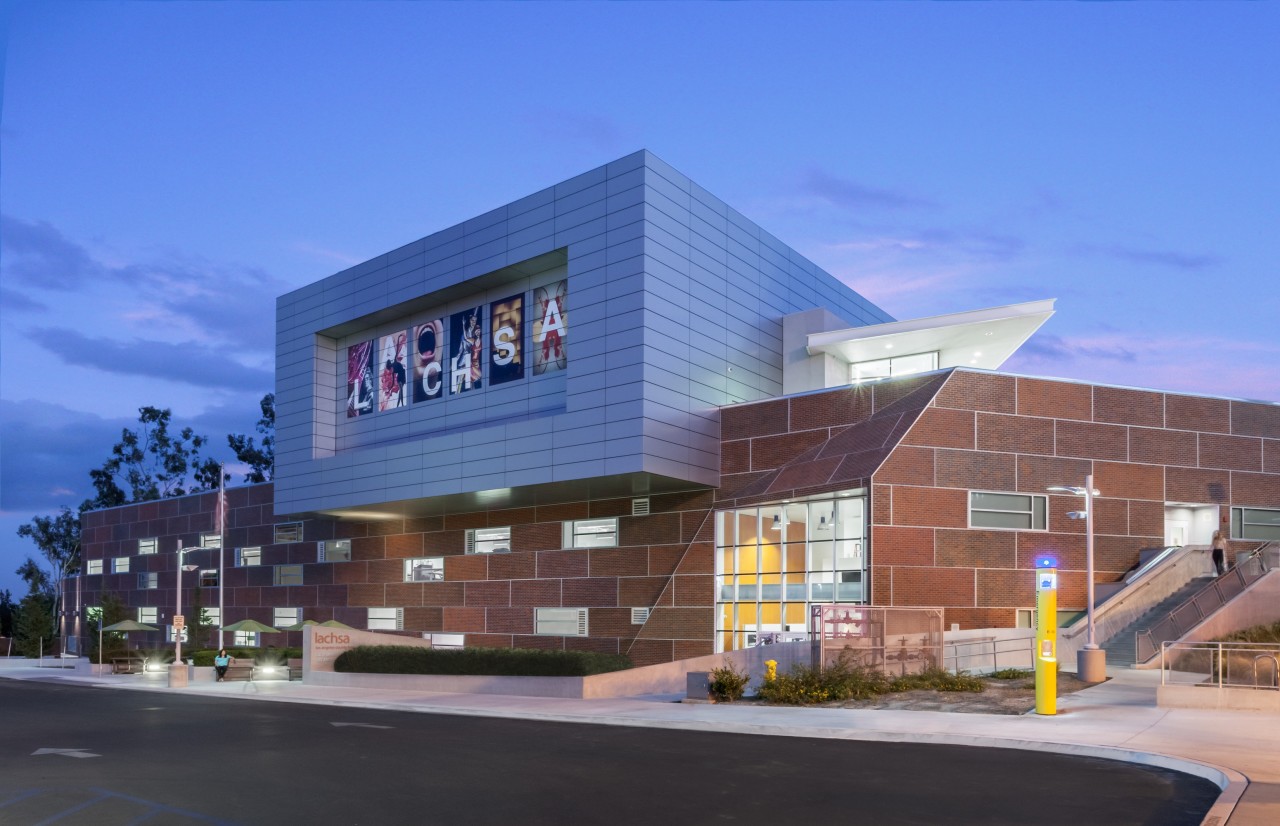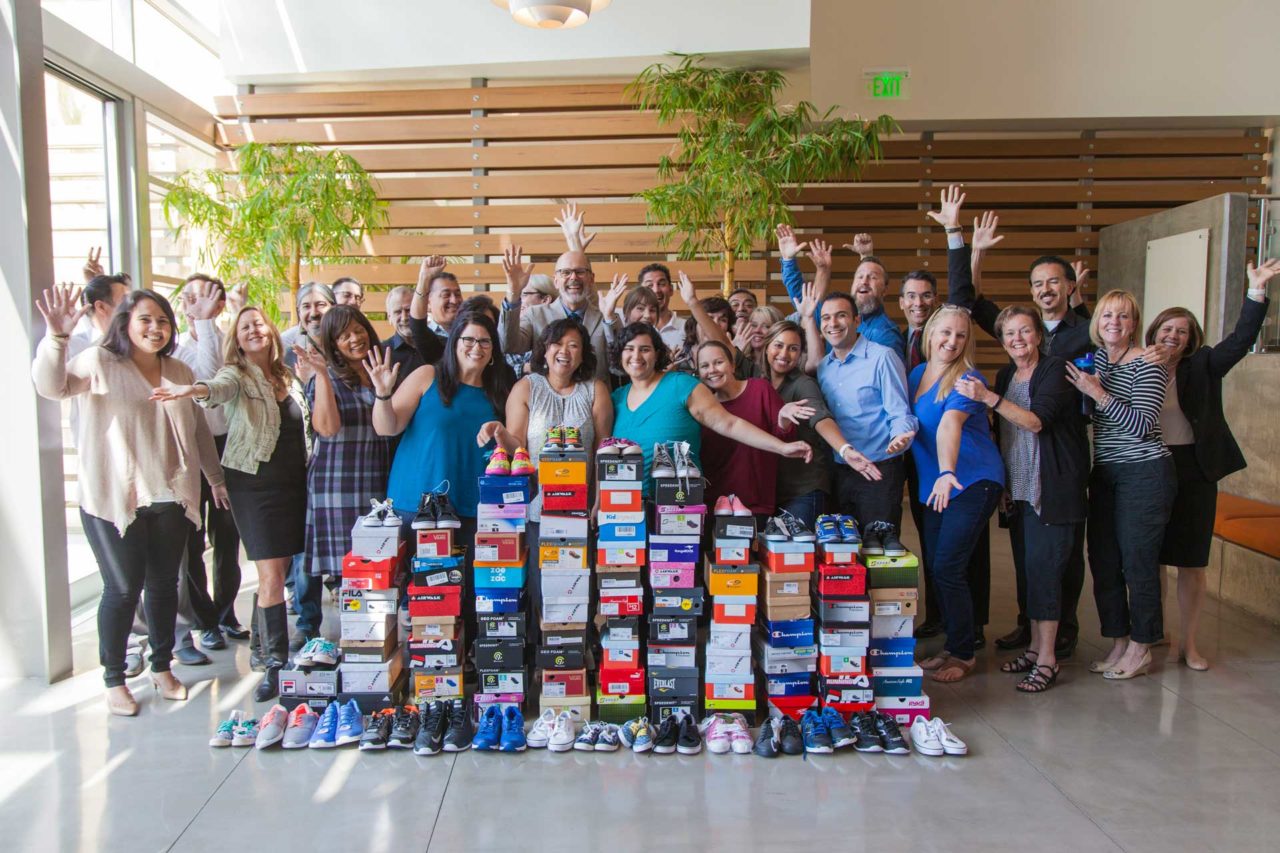Architectural design involves more than just creating buildings that are beautiful, comfortable, and efficient. The best designs also reflect the intention of architects to create a better world for future generations—purposeful spaces that elevate human dignity and improve the quality of life of users. A lofty goal, indeed, as there are hundreds of decisions to be made on every building project, and striking a balance between what’s best for the client, the users of a space, and the future is no easy task. Fortunately, more and more clients have an increasing interest in sustainability and humanitarian issues, which gives architects strong allies for prioritizing socially responsible architecture that serves to improve life around the globe.
What Does it Mean to be a Socially Responsible Architect?
At HMC Architects, we put a priority on social responsibility. From perfecting designs that improve the functions of civic centers, police and fire stations, and detention and behavioral health facilities to zeroing in on smarter layouts and features for schools, we always look at what we can do to push the envelope with innovation.
We begin with a lot of listening. We hold eco-charrettes with our clients and users of a building to learn the performance and sustainability goals of each. We also learn through community outreach to discover what the community values, who they are, and the problems they experience that we can solve with sensitivity through design. Different design challenges may exist depending on a variety of economic, environmental, and social factors. So, by meeting with community groups that offer diverse perspectives, we not only strive to get the public’s buy-in on projects, but also to walk in the shoes of the people we design for to make sure that they feel respected and heard.
The data we collect from our client and community meetings is analyzed carefully and used to help us strategize and to inform our decisions. Once a project is complete, follow-up is also an important part of the process. Our post-occupancy evaluations not only help us gauge the satisfaction of users and understand how our designs have performed, but also inform future projects.
Socially Responsible Architectural Considerations
With the eyes of the world focused on ecological and humanitarian issues, architects now design civic facilities and schools with climate change, social injustice, crime rates, and cultural diversity in mind.
Civic Buildings
Public buildings are designed in socially responsible ways that consider the comfort, health, and safety of occupants, especially given that many civic facilities serve as areas of refuge during natural disasters. The use of sustainable materials and features is also important. The Liberty Community Plaza in South Whittier, California, filled a void in the community by providing a space that caters to all its members. In addition to honoring veterans, it also provides lush gardens, walking paths, meeting spaces, classrooms, a game room and cafe, and a dedicated area for youth counseling. Our firm’s commitment with regard to sustainability resulted in the building achieving LEED Gold certification.
Detention and Rehabilitation
To acquire funding for detention and rehabilitation facilities, programs must now include inmate education and training. When inmates are provided opportunities for education and employment readiness, and treated with respect in a normative setting as opposed to just being incarcerated, recidivism rates improve.
We kept this top of mind when designing the Las Colinas Women’s Detention and Reentry Facility in San Diego County, California. The facility looks and feels more like a campus than a jail. While there are levels of incarceration that correspond to inmate behavior and risk, the average inmate lives in a dorm under minimal supervision. The staff act like counselors and are able to build healthy, supportive relationships with the inmates. The facility also offers six different job programs that teach useful skills inmates take with them when released and an education program offered through a nearby community college. The facility runs so well that there is a waiting list for sheriffs and teachers to work on the campus.
Schools
When designing a school, architects must consider a variety of community factors. At HMC, we talk to parents and to community members as a whole about their needs and focus on joint-use features, such as parent centers and libraries, that extend beyond the school population itself. We also must provide access to nature, natural lighting, and healthy acoustics. For pre-K-12 projects, acoustic and visual features are very important. Since around 10 percent of students have some sort of unique learning need, design must not overstimulate.
In communities with a high number of ESL (English as a Second Language) students, we create spaces in which students can get help with homework before or after school and where parents can take English classes. In low-income area schools, we focus on creating spaces that best help those who might be struggling with basic needs. We also must consider the homeless population, gangs, and poverty in the area.
Here are some project examples that highlight our socially responsible considerations:
- In our design of Jefferson High School, which is currently under construction in the Los Angeles Unified School District, we included a community health facility that will staff six doctors and four dentists. The public entrance is separate from the space in which students access the clinic. When designing schools, we include clear signage for non-English speaking students, as well as cultural graphics in common areas to honor the history of a neighborhood or building.
- Many of the students at El Sol Science and Arts Academy in Santa Ana, California, are from low-income households and face struggles at home and at school. We addressed their challenges by designing a clinic and a food bank within the school. Students now have access to health care and nutritious meals they might not otherwise be able to afford. As a result of these services and an outstanding educational program, El Sol students are now among the highest performing in the region.
- Still in the design phase, our new, yet unnamed high school project for Kern Union High School District in Bakersfield, California, may feature a school farm and Career Technical Education spaces in addition to typical classrooms and athletic facilities.
Socially responsible architecture includes designing for first and secondary building functions. This better serves a community as a whole, as well as underserved subsets of the community.
When we look at the bigger picture and listen to community members rather than just relying on preconceived design notions, we create buildings that are far more functional and user-friendly.
The Importance of Environmental Responsibility
Social responsibility and environmental responsibility go hand in hand. According to the World Green Building Council’s 2017 Global Status Report, the built environment accounts for more emissions than the transport industry. So, as architects, we do all we can to reduce emissions and counter the effects of climate change to improve the state of the world. We incorporate energy-efficient systems that result in reducing energy usage and we use sustainable or renewable building materials.
At Los Angeles County High School for the Arts (LACHSA), we designed a green roof that features native plants and a drip-irrigation system. The building features a state-of-the-art energy management system, water-conserving plumbing, and abundant natural light. As a result of our design, LACHSA is certified LEED Silver.
While many believe sustainable architecture is costly, that’s not necessarily true. Depending on the types of sustainability strategies, the cost impact can be low, especially when considering the long-term benefits associated with reduced energy consumption. For example, orienting a building for passive solar heating and natural ventilation are strategic maneuvers that won’t impact a budget.

Social Responsibility in Action at HMC
Philanthropy is a consistent priority for us. In 2018, members of HMC’s staff and the board of directors of our Designing Futures Foundation, the nonprofit organization that reflects our commitment to give back to the communities we serve, led numerous initiatives that positively impacted those communities. These projects included aiding the homeless, fundraising to battle cancer and multiple sclerosis, expanding access to creativity and arts education, and mentoring students who aspire to careers in architecture. We also supported organizations last year that work to heal the planet and educate the next generation of environmental stewards. Some of the initiatives we get involved with are spearheaded by the company, others are organized by individual employees and even by clients. In all cases, the motivation behind our actions is the same—to encourage everyone to better the world around them by involving themselves in their community.
From designing a large university’s campus housing to a small firehouse and everything in between, our design teams ensure that every building we create benefits diverse groups of people and contributes to the betterment of the world. By embracing our clients’ goals, listening to the values of our communities, analyzing data, and implementing rigorous, cost-effective solutions that result in sustainable and resilient projects, we help create more ‘livable’ cities.
At HMC, we believe in socially responsible architecture and understand the challenges of designing for a better world. To learn more about our building designs and the Designing Futures Foundation, contact HMC Architects.
